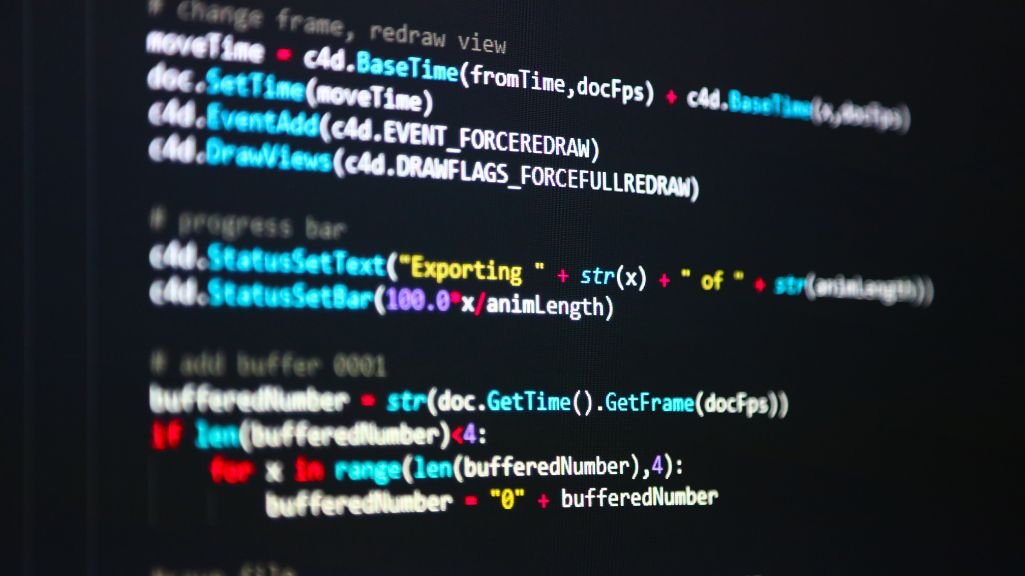Static Code Analysis Tools for Software Development Security Testing
Vikash Jain
. 3 min read
Static code analysis tools provide information about various aspects of the source code, including potential security vulnerabilities, bugs, and code quality issues. They analyze the code without executing it, looking for patterns, errors, and inconsistencies that could indicate problematic areas in the code. Overall, static code analysis tools can significantly improve the quality, security, and reliability of software development projects by identifying issues early in the development process when they are easier and less costly to fix.

Best Source Code Analysis Tools
1. SonarQube Editor's Choices
A popular static code analysis tool that can be used for error identification and security testing. This is an open-source package that is available in free and paid versions for continuous inspection of code quality and automatic reviews that runs on Docker over Windows, Linux, macOS, and Azure.
SonarQube is a Code Quality Assurance tool that collects and analyzes source code, and provides reports for the code quality of your project. It combines static and dynamic analysis tools and enables quality to be measured continually over time. Everything from minor styling choices, to design errors are inspected and evaluated by SonarQube.
The software will analyze source code from different aspects and drills down the code layer by layer, moving module level down to the class level, with each level producing metric values and statistics that should reveal problematic areas in the source code that needs improvement.
2. Checkmarx SAST
Checkmarx SAST is a unique source code analysis solution that provides tools for identifying, tracking, and repairing technical and logical flaws in the source code, such as security vulnerabilities, compliance issues, and business logic problems.
SAST provides scan results either as static reports, or in an interactive interface that enables tracking runtime behavior per vulnerability through the code, and provides tools and guidelines for remediation. Scan results can be customized to eliminate false positives and various types of workflow metadata can be added to each result instance. These metadata are maintained through subsequent scans, as long as the instance continues to be found.
3. Synopsys Coverity
Coverity is a static analysis tool. The starting point with Coverity is what we call central analysis. Periodically, an automated process will check out your code from your source control system and then build and analyze it with Coverity. Those results are then sent to a Coverity server. Coverity is a static analysis tool. The starting point with Coverity is what we call central analysis. Periodically, an automated process will check out your code from your source control system and then build and analyze it with Coverity.
4. Micro Focus Fortify Static Code Analyzer by E-SPIN
Fortify Static Code Analyzer identifies security vulnerabilities in your source code early in the software development lifecycle and provides best practices so developers can code more securely. Static Code Analysis identifies security vulnerabilities efficiently in source code. The technology provides immediate feedback on issues during development, offers vulnerability discovery, and enables developers to create more secure software.
4.1 - HP Fortify SCA plays an essential role in creating secure software, as it allows you to identify vulnerabilities with minimal effort and in less time and ensure code quality.
4.2 - Fortify SCA is able to detect a wide variety of problems ignored by other static testing technologies.
5. Veracode Static Analysis
Veracode is a modular, cloud-based solution for application security, combining five different types of security analysis in a single platform; dynamic analysis (DAST), interactive analysis (IAST), static analysis (SAST), software composition analysis (SCA), and penetration testing. Each of these analysis types has its own strengths. Static analysis in particular is a great way to uncover security flaws in the code of your application before deployment, reducing your risk and cost of remediation.
Benefits:
1. It can be easily automated.
2. Provides specific detail about the location of vulnerabilities in an application's code, making them easier to remedy.
3. High-confidence detection of flaws that cannot be found in dynamic analysis, as SAST looks for security issues with an inside-out approach before the application is complete.
4. One of the primary reasons why static application security testing is so important is that it lets you thoroughly analyze all of your code without even executing it.
5. Another benefit of carrying out static code analysis is that it can be modified according to your project's specific needs and it also enables easy collaboration across the entire development team.
Conclusion
In conclusion, static code analysis or Static Application Security Testing (SAST) is an important process for analyzing computer software without actually running the software. It helps to identify technical and logical flaws in the source code, such as security vulnerabilities, compliance issues, and business logic problems. There are several popular static code analysis tools available, such as SonarQube, Checkmarx SAST, Synopsys Coverity, Micro Focus Fortify Static Code Analyzer, and Veracode Static Analysis. By carrying out static code analysis, developers can create more secure software and reduce the risk and cost of remediation.
More Stories from
Unleashing the Power of 5G: A Revolution in Connectivity
This article explores the revolutionary capabilities of 5G technology, highlighting its lightning-fast speeds, reduced latency, and enhanced connectivity.
PHP Developer: Unlocking the Path to Success as a PHP Developer
This article discusses the career prospects of being a PHP developer, highlighting reasons to pursue this career path such as opportunities for career development.
International Telecommunication Union (ITU): Bridging the Global Digital Divide
The International Telecommunication Union (ITU) is a specialized agency of the United Nations, dedicated to promoting global connectivity.
Illuminating the Future: A Comprehensive Guide to Light Emitting Diodes (LEDs)
Discover the history, working principles, and diverse applications of LEDs, from lighting and displays to automotive advancements.
The World Wide Web: Connecting Humanity Across Time and Space
From its inception by Sir Tim Berners-Lee to its exponential growth, learn how the Web revolutionized communication, commerce, and society at large.
.png?height=40)









.png?width=40&aspect_ratio=1:1)
